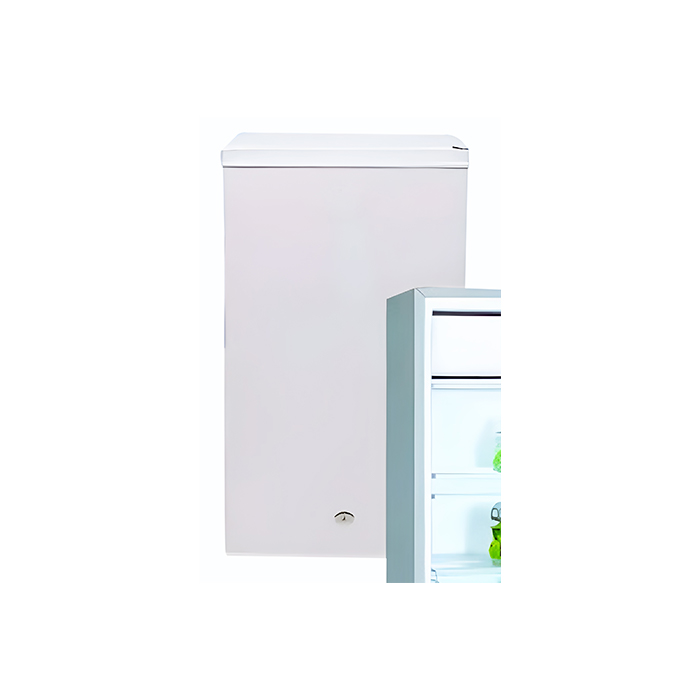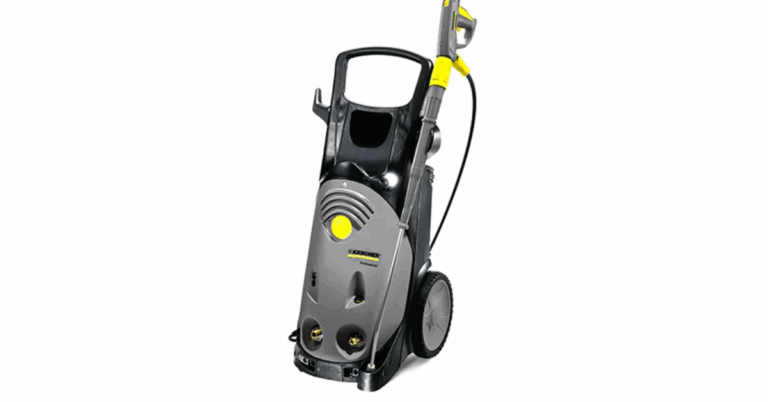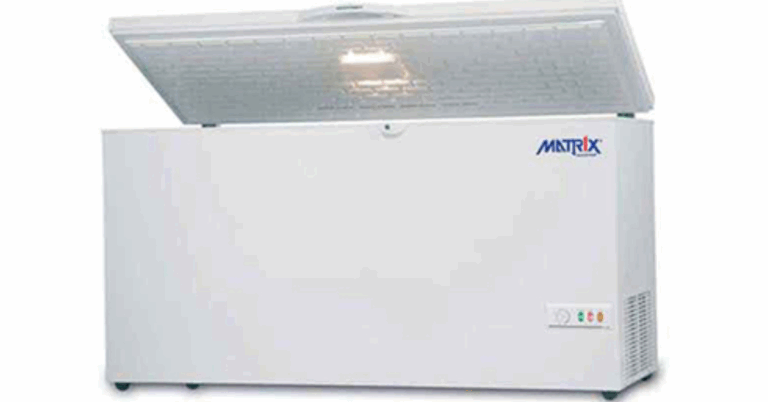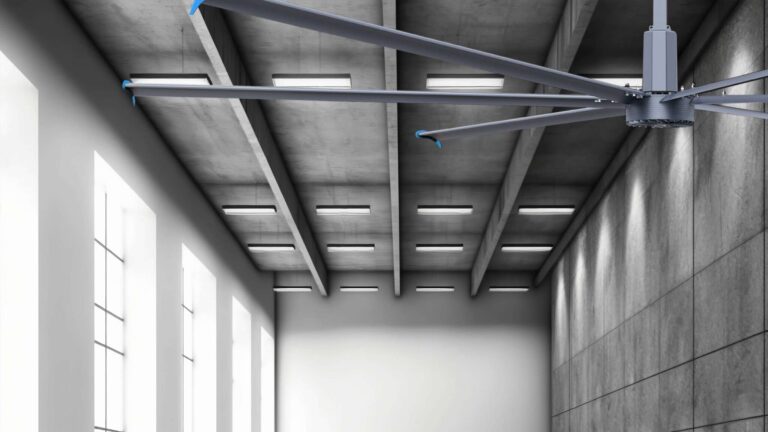Choosing the Right Cruise Refrigerator Supplier for 50/60 Hz Marine Applications
In the demanding environment of marine operations especially aboard cruise ships selecting the right refrigeration systems is not a matter of convenience but a necessity for passenger safety, food preservation, and energy efficiency. A Cruise Refrigerator Supplier 50/60Hz therefore must offer equipment that can reliably operate under varying power and environmental conditions, while complying with marine standards and offering long-term service support. In this article, we explore what makes a cruise refrigerator supplier stand out, the technical and operational considerations for 50/60 Hz models, and best practices for procurement and maintenance on cruise vessels.
1. Why 50/60 Hz Refrigeration Matters for Cruise Ships
1.1 Dual-Frequency Compatibility
Cruise ships travel across regions with different electrical grids. While many countries use 50 Hz power systems, others—particularly in the Americas and parts of Asia—use 60 Hz. A refrigerator rated for 50/60 Hz ensures compatibility across regions and avoids the need for expensive frequency converters or dual systems. A supplier that specializes in marine-grade refrigeration with 50/60 Hz capability offers the flexibility and reliability needed on transoceanic vessels.
1.2 Performance Stability
Frequency impacts how motors and compressors behave. A fridge tuned only for 50 Hz may run hotter or less efficiently at 60 Hz, and vice versa. A true 50/60 Hz model is engineered to maintain performance across both frequencies—ensuring stable cooling, proper compressor cycling, and longevity of components even when electrical supply changes.
1.3 Regulatory and Safety Compliance
Marine environments impose special constraints: vibration, salt exposure, limited space, and strict safety standards (fire codes, insulation, electrical protection). A cruise refrigerator supplier offering 50/60 Hz models must also ensure that their products meet international marine certifications (such as IMDG, SOLAS, or equivalent) and have features like robust insulation, vibration-resistant mounts, and corrosion-resistant finishes.
2. Key Criteria for Selecting a Cruise Refrigerator Supplier
When evaluating potential suppliers, cruise operators should rigorously assess the following dimensions:
2.1 Proven Marine Experience
Marine refrigeration is a specialized field. Suppliers must demonstrate a track record of installing and servicing refrigeration systems aboard ships or in harsh, corrosive environments. Experience with galleys, cold rooms, bar refrigeration, and integration with ship electrical systems is essential.
2.2 Design for Maritime Conditions
Suppliers should use materials and designs suited for marine use: stainless steel interiors, sealed junction boxes, anti-corrosion coatings, vibration-damping supports, and redundancy in critical systems. Systems must resist salt spray, humidity, motion, and shocks.
2.3 Energy Efficiency & Cooling Power
Cruise ships consume vast amounts of energy. Refrigeration systems should offer high coefficient of performance (COP), variable-speed drives where appropriate, efficient insulation, and thermostat control suited for fluctuating loads.
2.4 Maintenance & After-Sales Support
Even the best equipment requires upkeep. A top-tier supplier should offer technical training, spare parts availability worldwide, remote diagnostics, and rapid response for repairs. Onboard technicians must be able to service components with support from the supplier.
2.5 Scalability & Modularity
Cruise ships house multiple refrigeration zones—cold storage, bars, galleys, specialty storage (wine, pharmaceuticals). The supplier should offer modular units that can be scaled or replaced independently and spacesaving designs for tight ship compartments.
2.6 Compliance & Certification
Suppliers must adhere to maritime and class-approval standards. That includes safety certification, electromagnetic compatibility, insulation standards, fire safety, and certifications from organizations like ABS, DNV GL, or Lloyd’s Register.
3. Technical Features Expected from 50/60 Hz Cruise Refrigerators
Here are key features a buyer should demand from a supplier’s 50/60 Hz refrigeration units:
3.1 Universal Voltage Rating
Units should typically support wide voltage ranges (e.g., 220–240 V AC) and accommodate ±10% fluctuation, along with frequency switching between 50 and 60 Hz seamlessly.
3.2 Efficient Compressor & Motor Design
Compressor and motor design must be optimized for both frequencies—often via multi-speed or variable-frequency drive (VFD) systems. This ensures that cooling performance remains consistent across power variants.
3.3 Uniform Cooling & Airflow
Features like surround cooling, forced-air systems, or multiple evaporator coils help ensure even internal temperatures, essential to preserving perishables in uneven ship movement or localized heat zones.
3.4 Advanced Insulation & Low Heat Gain
Marine spaces often battle ambient heat. Suppliers should use high-efficiency insulation (e.g., polyurethane foams, vacuum panels) and thermal breaks to minimize heat ingress.
3.5 Defrost & Drainage Systems
In humid or changing climates, frost buildup is a concern. Auto-defrost mechanisms, efficient condensate drainage, and corrosion-resistant drain design are vital in marine settings.
3.6 Monitoring & Controls
Modern units should come with digital controllers, remote monitoring, alarms, and integration with a ship’s central monitoring/automation system (SCADA or vessel management systems). Some suppliers also offer IoT-enabled diagnostics.
4. Typical Product Lines and Configurations
A quality cruise refrigerator supplier offering 50/60 Hz models typically provides a spectrum of product types tailored for different ship zones:
-
Compact Refrigerators (e.g. 50–110 L): Ideal for crew quarters, bars, and small snack stations.
-
Mid-Size Units (150–300 L): Fit for galley use or specialty storage.
-
Large Refrigerators / Chillers (400 L and above): Cold rooms or bulk food storage.
-
Double or Triple-Door Units: Provide segmented storage zones (e.g. chilled vs freezing).
-
Integrated Ice-Making Modules: Some refrigeration units include built-in ice compartments or modules.
-
Modular Cold Rooms & Chiller Systems: For large-capacity storage, allowing scalable deployment.
These units are available in configurations that maintain 50/60 Hz compatibility, ensuring crew and passengers have access to cold storage regardless of region.
5. Procurement Best Practices
5.1 Conduct Thorough Specification Definition
Define exactly which compartments require refrigeration, storage volume, temperature ranges, ambient conditions, power availability, and integration requirements. This will help suppliers propose suitable models.
5.2 Request Demonstrations & Pilot Installations
If possible, test units in real-world shipboard environments or pilot installations to verify performance under motion, vibration, salt spray, and variable power input.
5.3 Evaluate Total Cost of Ownership (TCO)
Don’t focus only on upfront cost. Consider maintenance cost, energy use, parts replacement, and lifetime in the marine environment.
5.4 Ensure Transparent Spare-Part Strategy
Buyers should demand a spare-part catalog, stocking list, guarantee periods, and methods to ship parts rapidly to offshore vessels.
5.5 Insist on Service-Level Agreements (SLAs)
Set response timelines, technical support scopes, warranty terms, and penalties for down-time in the agreement with the supplier.
5.6 Plan Integration & Retrofit Compatibility
Ensure the refrigeration system can align with the ship’s existing power distribution, ducting, drainage, and space constraints. The supplier should provide site drawings and integration support.
6. Maintenance & Operational Best Practices
6.1 Regular Inspection & Cleaning
Salt, humidity, and motion contribute to faster corrosion or fouling. Crews should clean condenser coils, check door seals, and verify drainage paths frequently.
6.2 Monitor Performance Metrics
Track temperature stability, compressor runtimes, power draw, and internal humidity. Sudden deviations may signal impending failure or degraded performance.
6.3 Replace Consumables Preventively
Items like door gaskets, filters, defrost heaters, and fans should be replaced on a schedule rather than waiting for failure.
6.4 Keep Spare Components Onboard
Critical spares (e.g., thermostats, sensors, control boards, fans) should be stocked on board, especially for long voyages without easy port access.
6.5 Follow Proper Temperature Protocols
Ensure that door openings are minimized, loading is managed to avoid thermal shock, and defrost cycles are optimized to match ambient humidity.
6.6 Training & Documentation
The crew should be trained on marine refrigeration diagnostics and maintenance. The supplier should provide detailed manuals, wiring diagrams, and troubleshooting guides.
7. Challenges & Solutions in the Cruise Environment
7.1 Vibration & Motion
Constant ship motion can stress mechanical and electrical connections. Suppliers often use vibration-mounted compressors, flexible hoses, and shock absorbers to mitigate wear.
7.2 Salt Corrosion
Salt spray and humid air can corrode components. Marine-grade coatings, corrosion-resistant metals (e.g. 316 stainless steel), and sealed electronics are essential.
7.3 Power Fluctuations
Fluctuations in voltage or frequency disturbances are common on large marine power grids. Reliable suppliers design units with built-in surge protection, voltage regulators, and tolerance for ±10% variations.
7.4 Space Constraints
Shipboard refrigeration must often fit into tight, irregular spaces. Suppliers should offer custom dimensions, slim designs, and fan-assisted configurations to maximize capacity.
7.5 Chemical Compliance & Environmental Regulations
Marine vessels must comply with environmental laws governing refrigerants (e.g., phasing out CFCs, HFCs). Suppliers should use eco-friendly refrigerants (such as R134a, R290, or newer low-GWP blends) and ensure regulatory compliance.
8. Case Example: How a Supplier Meets Cruise Needs (Hypothetical Scenario)
Consider a supplier that offers 220 V 50/60 Hz refrigerators designed for cruise ships. Their product range includes:
-
110 L single-door units with surround cooling, tempered glass shelving, and stainless interiors—ideal for smaller galley zones.
-
150 L double-door smart units for general storage, with tight temperature control across both frequencies.
-
180 L turbo cooling refrigerators for high-demand zones, delivering quick recovery after door openings.
-
450 L auto-defrost units for bulk storage with adjustable shelves and secure, lockable doors.
-
300 L high-efficiency silent units for quieter areas such as dining lounges or crew areas.
They guarantee durability under salt spray, offer full global after-sales support, and provide spare parts shipped rapidly to seaports. Their units comply with marine standards and maintain consistent performance across both 50 Hz and 60 Hz grids.
A cruise operator contracting this supplier would benefit from standardized refrigeration across global routes, predictable maintenance, and simplified spare parts logistics.
9. Conclusion
A reliable Cruise Refrigerator Supplier 50/60Hz is integral to the smooth operation of modern cruise ships. With the ability to handle dual-frequency power systems, marine environmental stresses, and strict food preservation demands, the right supplier becomes more than a vendor—they become a system partner across decades of ship service. When choosing such a supplier, cruise operators should look for proven marine experience, robust design, strong after-sales support, and an uncompromising commitment to energy efficiency and compliance.




